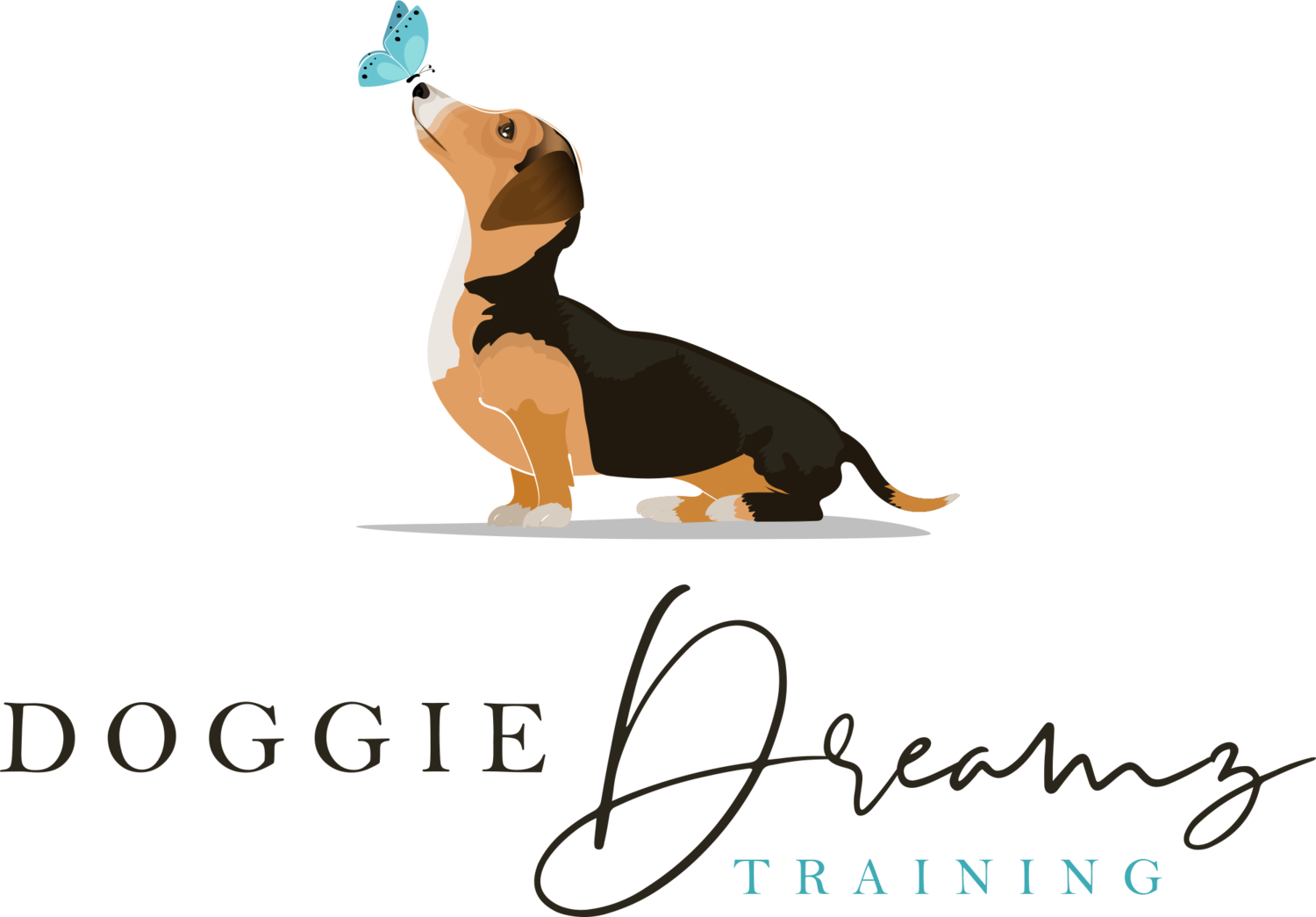
Is your dog's gut, healthy?
Your dog's overall health is directly linked to their behavior and I wanted to share this information to help anyone who doesn’t know where to start healing their dog's gut.

Engagement and why it’s important

3 Keys to Successfully Training your Dog
Want to know the 3 things that will make you successful in training your dog? Check out our latest article to find out

Separation Anxiety Post Pandemic
As the country starts to open back up after the Coronavirus pandemic of 2020; many pet parents may start to notice their dog exhibiting new behaviors. Separation anxiety is when a dog experiences true stress when its parent leaves. As I will go over, some of the behaviors we often associate with separation anxiety are learned behaviors that can be addressed with training.

A Dog’s love language
For anyone who has read The Five Love Languages, you know that not everyone speaks the same love language. Everyone expresses and feels love in very different ways. Well, dogs do as well. Since Valentine's Day is fast approaching, I thought it would be a great time to go over the ways in which our dogs show us love. Here is a guide to help you interpret your dog’s behaviors and how you can show your love in their language.
